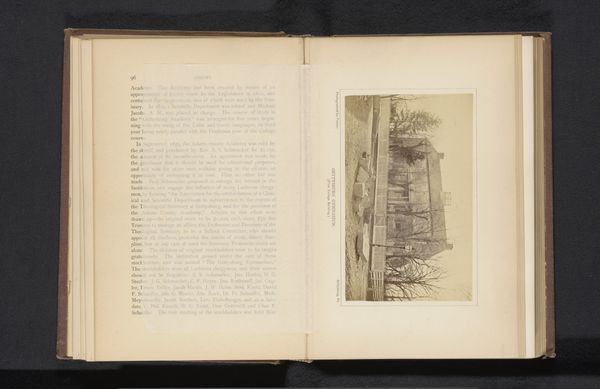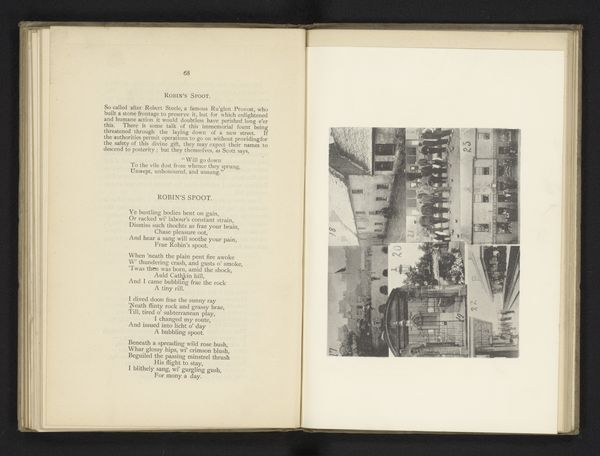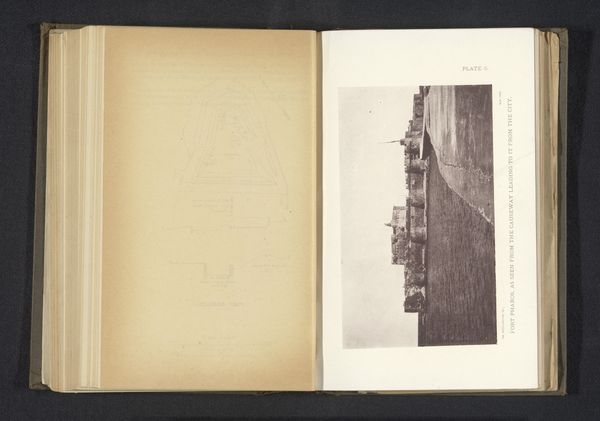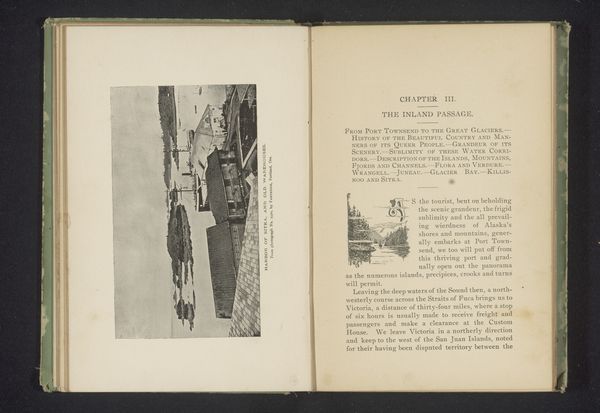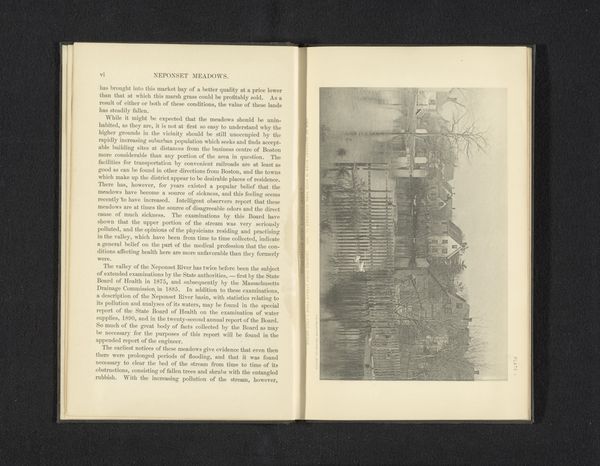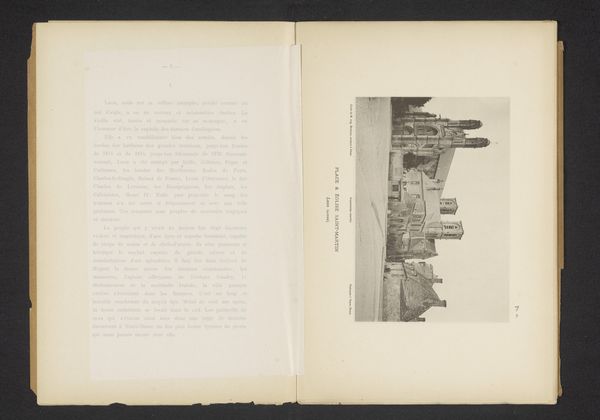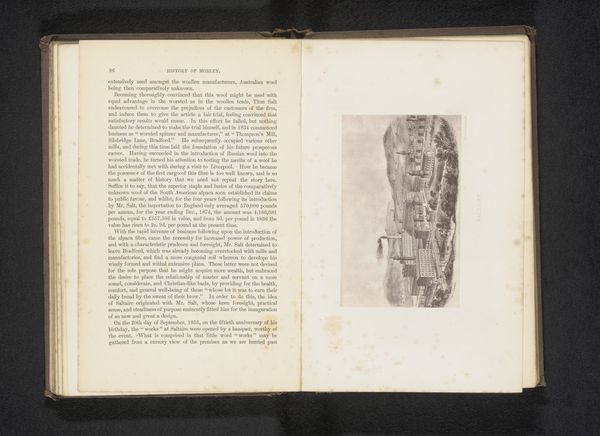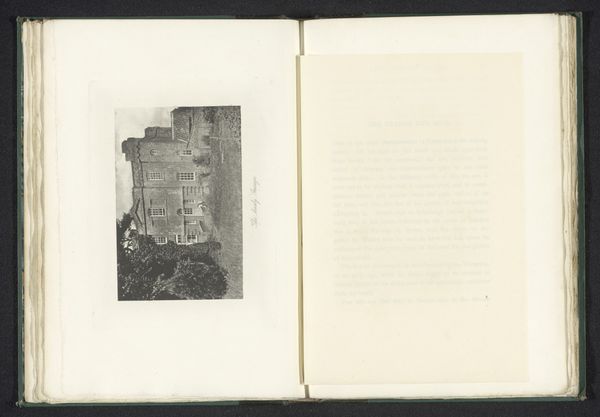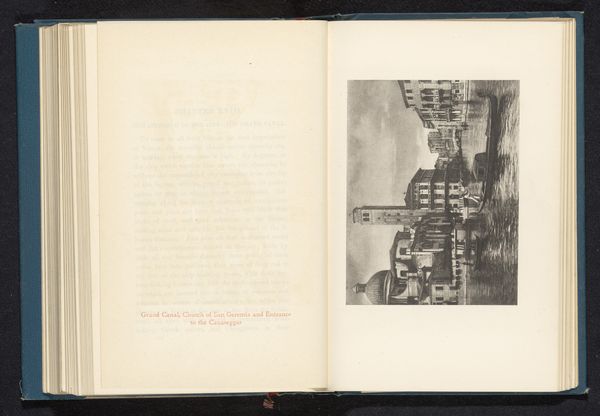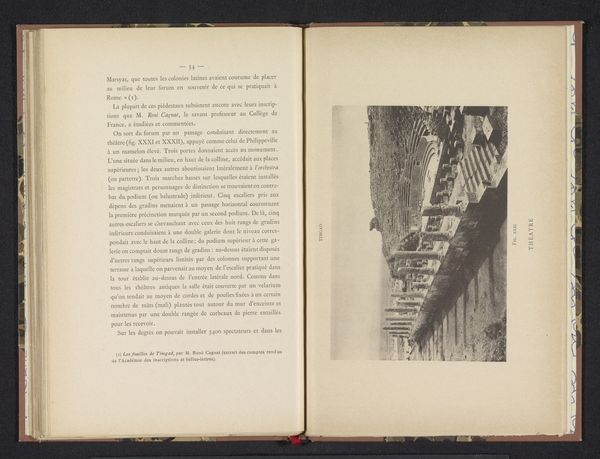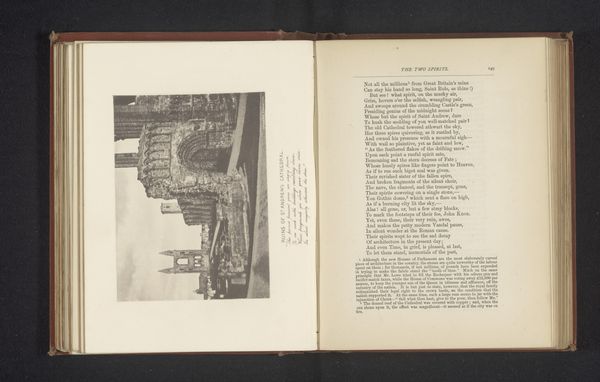
Reproductie van een prent met gebouwen van de Harvard-universiteit door James Trenchard before 1874
0:00
0:00
drawing, print, engraving
#
drawing
# print
#
cityscape
#
engraving
#
building
Dimensions: height 89 mm, width 151 mm
Copyright: Rijks Museum: Open Domain
Curator: This is a reproduction of a print by James Trenchard depicting the buildings of Harvard University, dating from before 1874. What strikes you initially about it? Editor: The rigidity of the architecture, starkly rendered through engraving. It’s a vision of institutional authority captured in the geometry of line and space. Curator: Indeed. Look at how the print’s very creation relies on particular means of production. Engraving demands skill and precision, aligning with Harvard’s own ethos of intellectual rigor, reflecting the elite status and the investment required for knowledge creation during that period. How might it have been made? Editor: It appears the image starts with the preparation of the metal plate and uses tools to cut the lines into the plate. Ink would then be pressed to reveal the composition of a tangible version of institutional structure. It's all about transforming a vision of hierarchy into physical form through laborious technique. Curator: Precisely. The print invites us to examine access to education during this time. Who were allowed within those gates and, critically, who were excluded? Harvard's image then and now resonates with class, race, and gender dynamics, making the print more than just a depiction. It embodies these complex systems. Editor: And even within those rigid building blocks, look at the subtle texture of the lone tree breaking the facade; that bit of nature, even in its manicured state, offers a contrast. Its production asks how a place like Harvard shapes both the elite that moves through it, and those kept outside its walls, reflecting larger socio-political frameworks through labor and value. Curator: The artist offers us a framework for discussing inequality then—and a persistent model of wealth, power, and exclusion today. What materials would be required for a wealthy individual or a print shop to execute? Editor: From the engraving plate to the ink to the physical labor of production, we get a picture of cultural values at work. Considering consumption, this particular book presents its image anew within our modern lives. Curator: Precisely! It has definitely given me much to think about regarding this institution. Editor: Agreed, and me too. Let's move on.
Comments
No comments
Be the first to comment and join the conversation on the ultimate creative platform.

